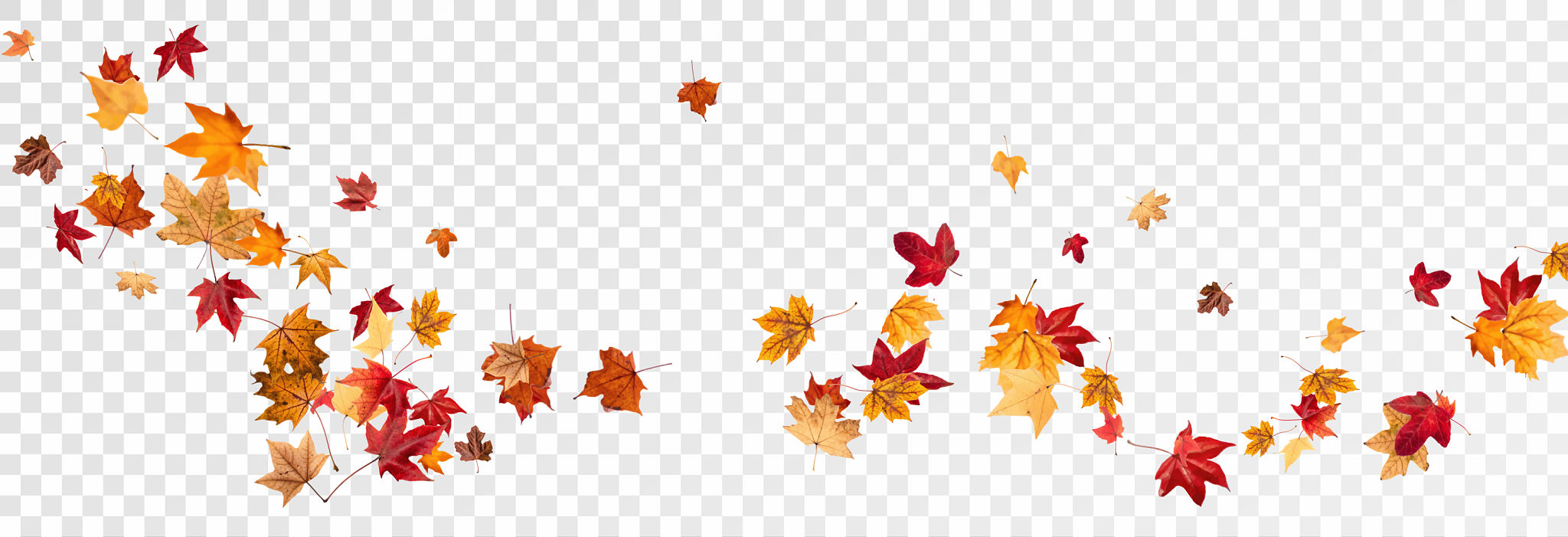Seasonal Lawn Care: Preparing Your Landscape for Every Season
Understanding Seasonal Lawn Care
Taking care of your lawn is not just a spring or summer task; it's a year-round commitment. Each season presents unique challenges and opportunities for maintaining a healthy and vibrant landscape. By understanding the specific needs of your lawn throughout the year, you can ensure it remains lush and beautiful, whatever the weather.
The key to effective seasonal lawn care is knowing what tasks to prioritize during each season. From adjusting mowing heights to applying the right fertilizers, each season requires a different approach. With some planning and commitment, your lawn can be the envy of the neighborhood.

Spring: Revitalizing After Winter
Spring is the time to revive your lawn after the harsh winter months. As temperatures rise, your grass starts to grow again, making it crucial to prepare your landscape for the active growing season. Start by cleaning up any debris, such as leaves and twigs, that may have accumulated.
Next, focus on aerating your soil. Aeration helps alleviate soil compaction and improves air circulation, water absorption, and nutrient uptake. You might also want to consider overseeding any bare patches to encourage new growth. Finally, apply a balanced fertilizer to give your grass a nutrient boost.
Summer: Maintaining Health and Vitality
The hot, dry days of summer can take a toll on your lawn. To keep it healthy, you need to adjust your care routine. Watering becomes critical; aim to water deeply but infrequently to encourage deep root growth. It's best to water in the early morning to minimize evaporation.

Mowing should be done regularly, but avoid cutting the grass too short. A higher mowing height helps shade the soil and retain moisture. Additionally, be mindful of pests and diseases that thrive in summer conditions; consider using eco-friendly pest control methods if necessary.
Autumn: Preparing for Dormancy
As autumn arrives, your lawn begins to prepare for its dormant phase. This is the perfect time to focus on strengthening its resilience for the upcoming winter. Rake away fallen leaves regularly to prevent them from suffocating your grass.
Fertilizing in the fall is essential as it helps store nutrients for the winter months. Consider applying a slow-release fertilizer high in potassium. It's also beneficial to aerate again and overseed to address any areas that need thickening.

Winter: Protecting Your Lawn
During winter, your lawn requires minimal maintenance but still benefits from some attention. Avoid walking on frozen grass to prevent damage. If snow covers your lawn, let it act as an insulating blanket protecting the grass underneath.
If you experience mild winters, you might need to occasionally mow the lawn at a higher setting. Ensure that your mower is winterized and ready for storage until spring arrives.
Adapting to Your Local Climate
While these general guidelines are helpful, remember that local climate conditions can significantly affect your lawn care routine. Research specific recommendations for your region and adjust your practices accordingly.
A successful lawn care strategy involves understanding seasonal variations and adapting techniques to meet these changes. By investing time and effort throughout the year, you can enjoy a thriving lawn in every season.